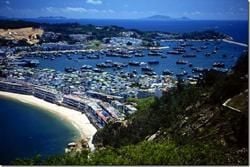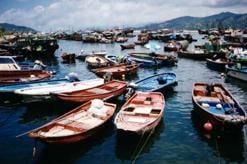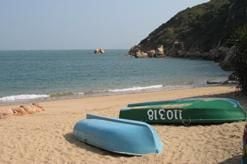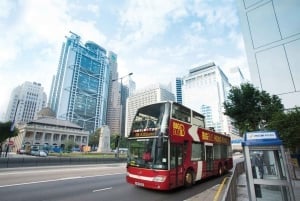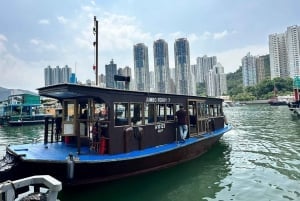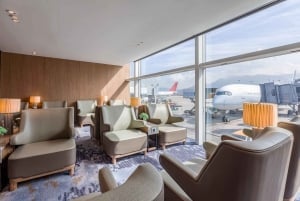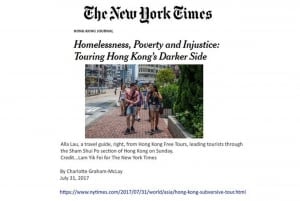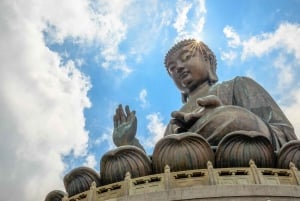Cheung Chau Island
About a 30-55 minute, 10km ferry ride from the southwest of Hong Kong Island, is "Dumbbell island" of Cheung Chau. Why is it named this way? The island’s geography is shaped like a dumbbell, with a narrow middle part and bigger, rounded ends. Cheung Chau used to be a pirates’ den, then became a traditional community based on an active fishing fleet. After some years, it has developed into a commercial hub where merchants sell fishing gear to the local fishermen and offer related services such as boat repair. Having only 2.45 square kilometers land area with 23,000 inland people, Cheung Chau has managed to become the sought-after destination for seafood aficionados because of its many thriving seafood restaurants. Small local restaurants and food stalls selling fish, shellfish, fruit and vegetables are never empty during the weekends; especially Cheung Chau Complex along Tai Hing Tai Road where you can pick up fresh seafood and have it cooked for you.
What seems lacking in the other parts of Hong Kong, you can find here in Cheung Chau. After staying in the modernity of cityscapes such as Kowloon and Hong Kong Island, plunge into a relaxing excursion in Cheung Chau’s laid-back yet lively traditional village. It has a number of hiking trails, and luscious beaches perfect for those who are looking for recreation. Its waterfronts are alive with activities that don’t require much of your effort, therefore you can be assured that you can still have the invigorating rest you went out for. Start your day by visiting Cheung Po Tsai Cave, named after the local marauding pirate who found shelter in that cave to escape authorities. Ride the Wooden Sampan and cruise around to see the fishing community living on their boats. Then visit Tung Wan Beach, popular for swimming, windsurfing and canoeing. Positioned near the water’s edge are rock carvings featuring geometric graphics and abstract animal images which are believed to have been there since the Bronze Age. The beachfront also features lovely cabarets and wonderful tourist residences.
Serving as a place for worship, Tin Hau Temple, built in the 17th century, is frequented by followers of Tin Hau, "Goddess of the Sea", especially during the annual Tin Hau Festival. On the other hand, Pak Kai Temple is dedicated to Pak Tai, a Taoist god known as the "Supreme Emperor of the Dark Heaven". The temple’s layout is noteworthy for its traditional Chinese elements such as ceramic figurines on the roof ridges and murals containing propitious motifs and stone lions in the forecourt. This is also where the yearly week-long Bun Festival is held.
When the day is almost over, go to Beitiao Pavillion - Cheung Chau’s best scenic viewing spot - and see the whole island awash with the soft light of the setting sun. Trivia: Most residents use bicycles to reach destinations as some parts are inaccessible to cars and other vehicles. A number of bicycle rental shops near the ferry pier are available for tourists’ needs. Travelling between islands is also possible by "Walla Walla" - a traditional water taxi. You can reach Cheung Chau by catching a ferry from Central Pier 5 (Hong Kong Island). Ferries run approximately every 20-30 minutes.


